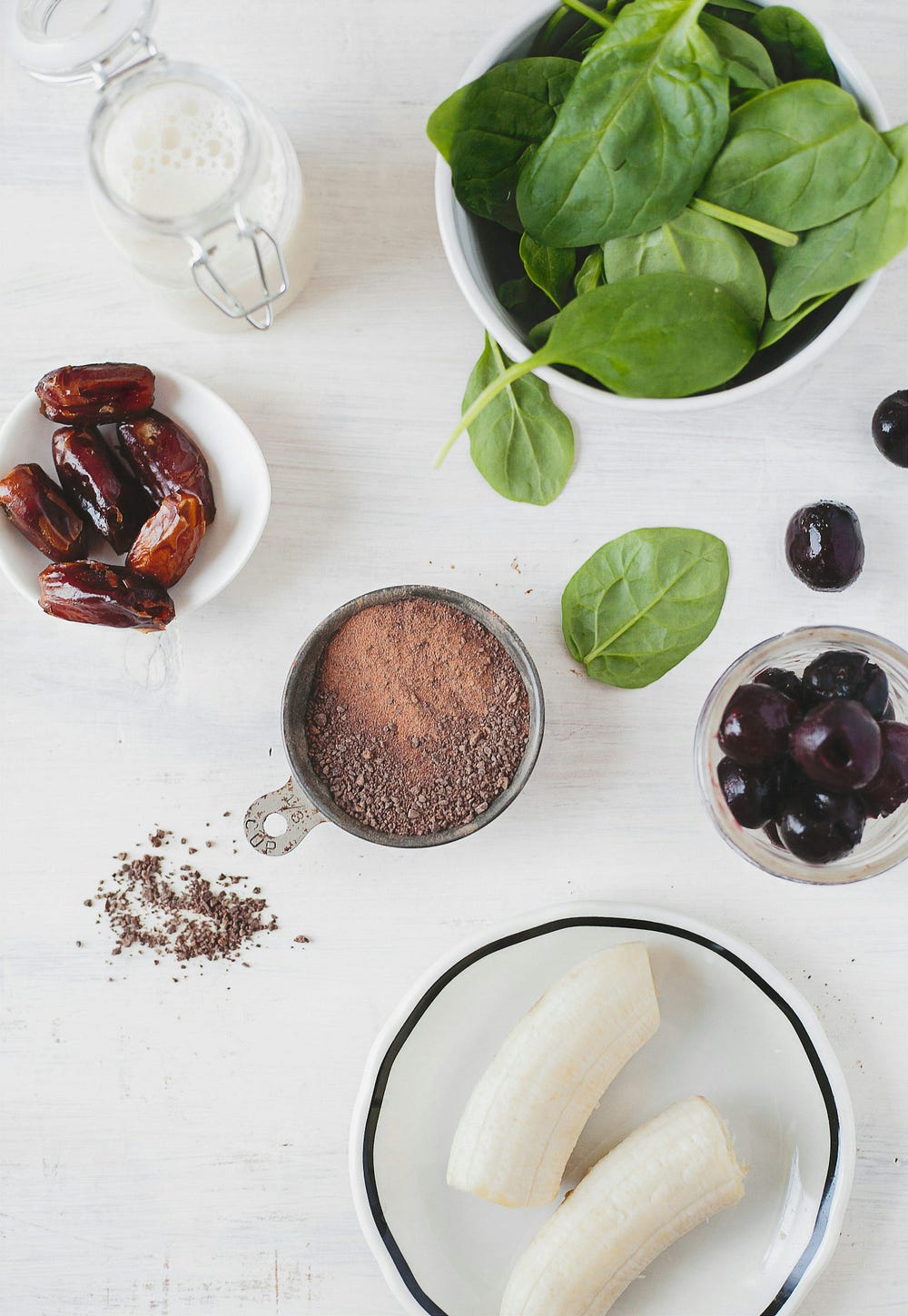Which milk is good for our health, “Hot or cold milk”?

Milk is consumed at every stage of life, from infancy to old age. It plays a crucial role in our balanced diet, providing a bundle of essential nutrients. Milk is an excellent source of vitamins and minerals, particularly calcium. Drinking a glass of milk each day can help improve various health issues.
Milk is a nutrient-rich liquid food contains water. Protein, lactose, sugar, fiber, carbs, and fat. It contains vitamins ( mainly vitamin D ) and minerals (Potassium, Calcium)that are essential for our growth and development. Consumption of milk either directly or in the form of milk products like cheese, curd, etc. is a very common part of our daily life. Milk is a major part of a diet. Milk is a natural product and its byproducts are synthesized in Dairy industries.
Milk has benefits in controlling osteoporosis and blood pressure. However, the effects of milk consumption vary from person to person based on their metabolism. Some people experience adverse effects such as lactose intolerance, milk allergy, skin disease, and increased risk of prostate cancer.

Does ‘Milk’ act as a superfood?
Yes, Milk acts as a superfood due to lots of benefits of consumption of milk because it contains nutrients that are important for a healthy diet. Milk is a package of fat, proteins, calcium, phosphorus, potassium, riboflavin, zinc, vitamin B12, carbohydrates, and fat-soluble &water-soluble antioxidants that make milk a set of superpowers in the form of superfood.
The health benefits of Milk are:
-Calcium present in milk helps to maintain bone mass.
- Milk helps to build healthy bones and teeth.
- The protein present in milk helps to repair the muscle tissues.
- It acts as a source of energy.
- Milk is an important drink for children and essential for their healthy bones and teeth.
- Milk helps to maintain blood pressure.
- It enhances the immune system.
- Helps to metabolize sugar and fatty acids.
- Vitamin A present in milk helps to maintain normal and good vision.
- Acts as a good source of energy.
- It helps to nourish our skin due to its antioxidant activity.
- Milk maintains a healthy weight.
- It helps to reduce stress.
- Niacin present in milk promotes proper circulation of blood.
- Milk is rich in enzymes that help in many metabolic reactions in our bodies.
- Riboflavin present in milk supports body growth, RBC production, and metabolism.
- Vitamin D present in milk helps to promote the absorption of calcium.
- Pantothenic Acid present in milk helps to convert food into energy.
- Milk improves our Oral and Digestive Health.
- It acts as a natural painkiller.
- Milk contains DHA, whey proteins, and probiotics that help with proper growth and development.
There are some adverse effects of milk consumption are :
- Milk contains heart-harming cholesterol excessive drinking may affect the heart.
- In some cases, drinking milk can be allergic and cause lactose intolerance.
- Increases the risk of developing Prostate cancer and ovarian cancer.
- Consumption of milk and milk-related products increases the risk of acne on the face.
Hot milk versus cold milk
People prefer to drink both hot milk and cold milk according to their taste. In winter most people prefer to drink hot milk with turmeric to boost the immune system to prevent the body from coughs and colds.
In summer cold milk prefers to drink with the addition of various chocolate syrups and many other flavoring syrups to cool the body. Sometimes consumption of milk depends upon the timing and climatic conditions too.
Hot milk
Hot milk has many beneficial aspects like
- When milk becomes hot after heating there is no change chemically and no show nutrient intact properties.
- Consumption of hot milk during the night helps to promote sound sleep.
- Hot milk with turmeric during winter is good for the immune system.
- Easy to digest and helps to prevent diarrhea and bloating.
- Highly hygienic and free from pathogens and bacteria.
- It shows antibacterial properties and safe product to consume.
- Helps to warm up the body.
- Reduce stress levels.
- Flush away toxins from the body.
- Hot milk is a healthy and nutritious drink.
Cold Milk
- Cold milk is chemically changed and nutrients are intact.
- Consumption of cold milk is good during summer. It cools the body.
- Helps to relieve acidity.
- Helps the body to prevent dehydration during summer and keeps the body hydrated.
- Act as a natural face cleanser.
- Improve metabolism which further helps to maintain body weight.
- Consumption of cold milk before a meal helps to fight hunger.
- Cold milk feels refreshing.
Both hot and cold milk is good for health but the suitability of both kinds of milk depends upon the climate, time of the day, and body tolerance Power to the milk.
Comments
Post a Comment
Please do not enter any spam link in the comment box.